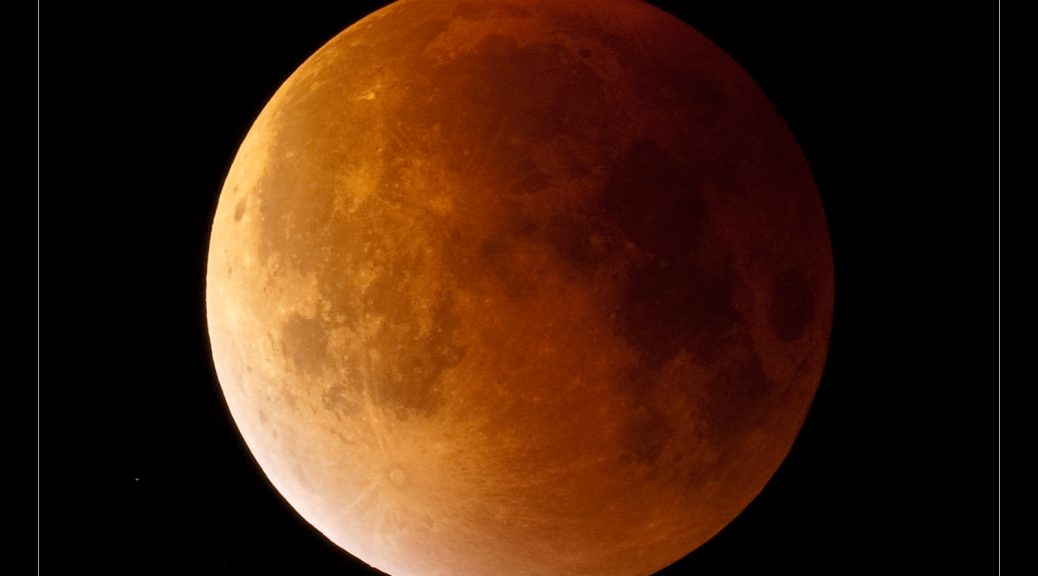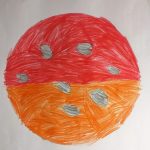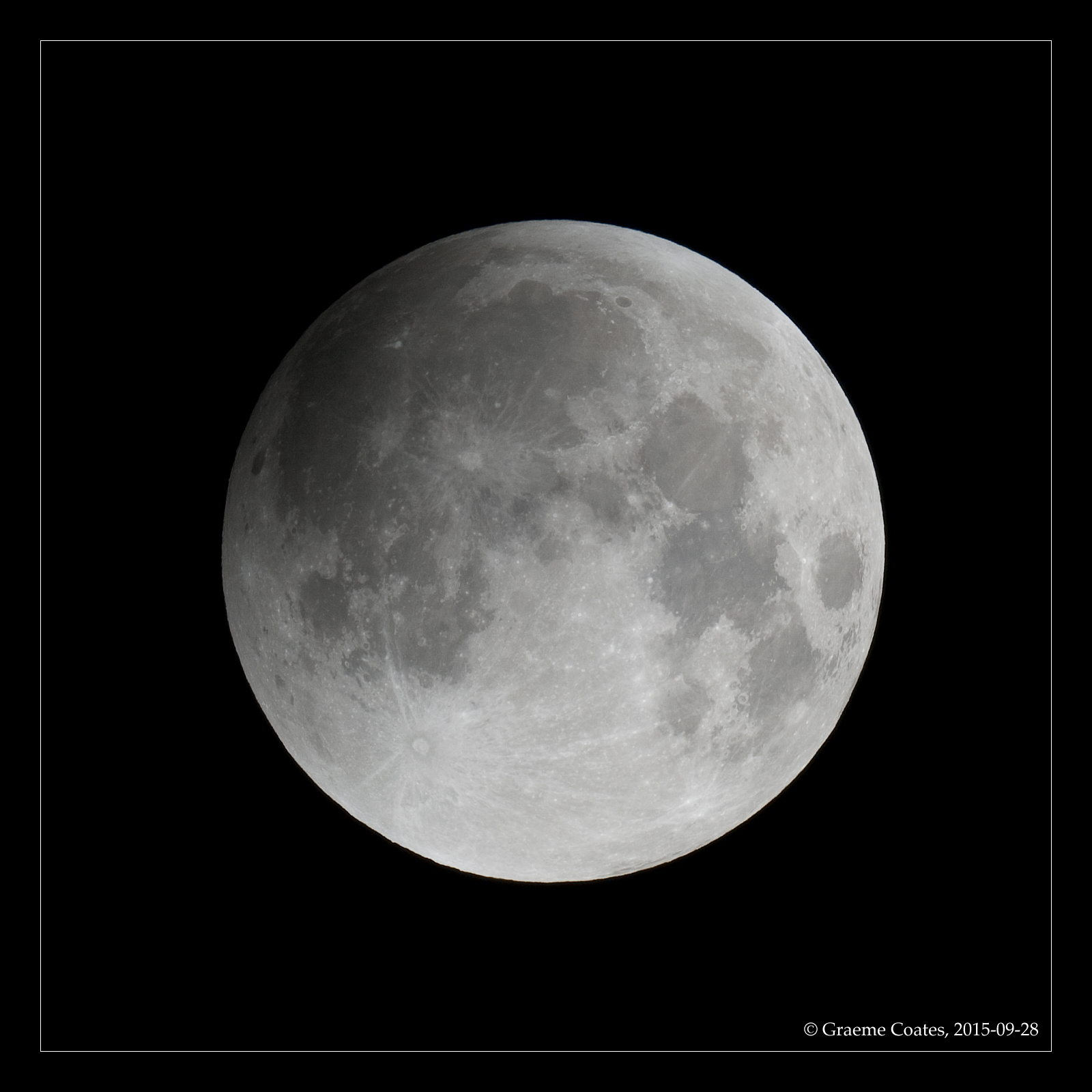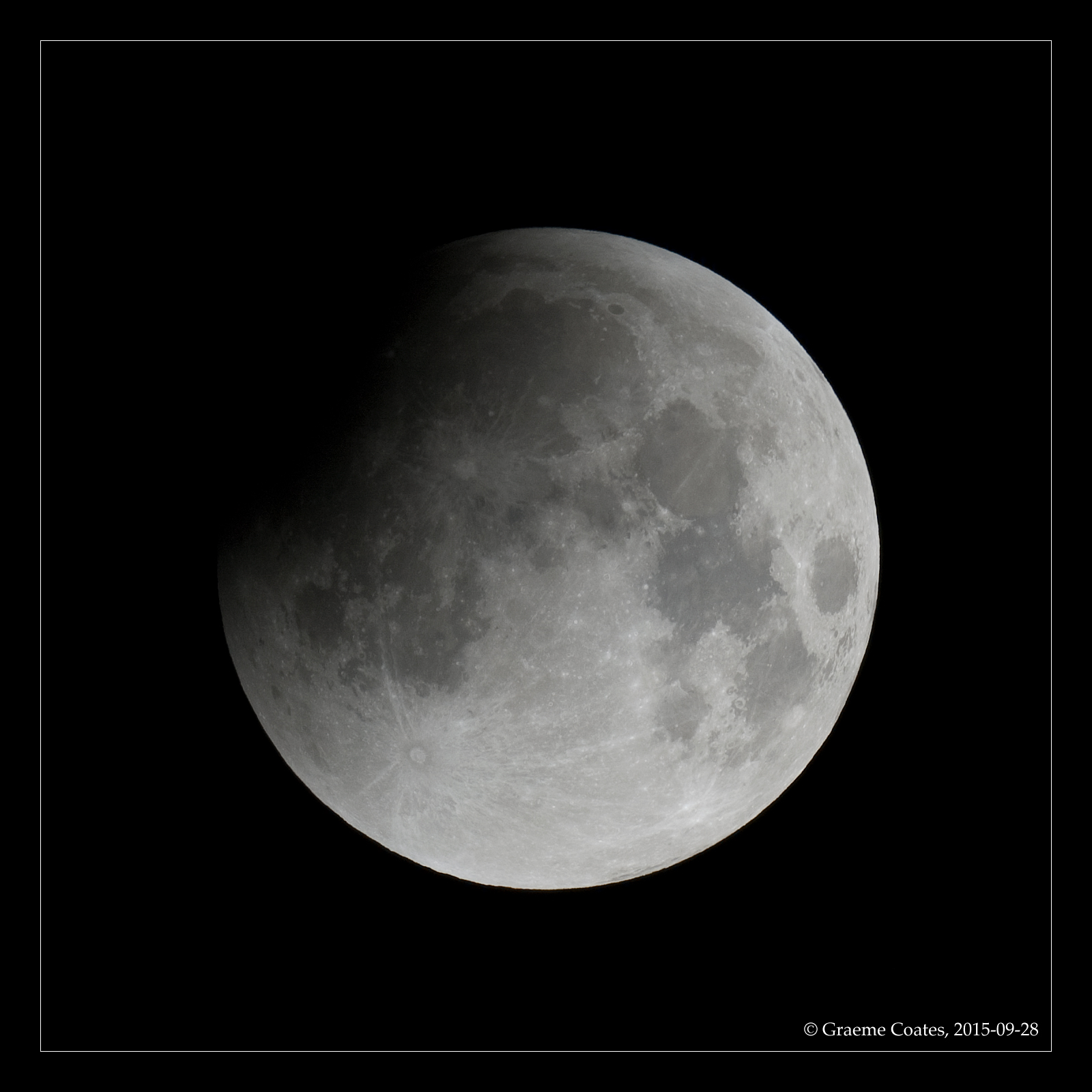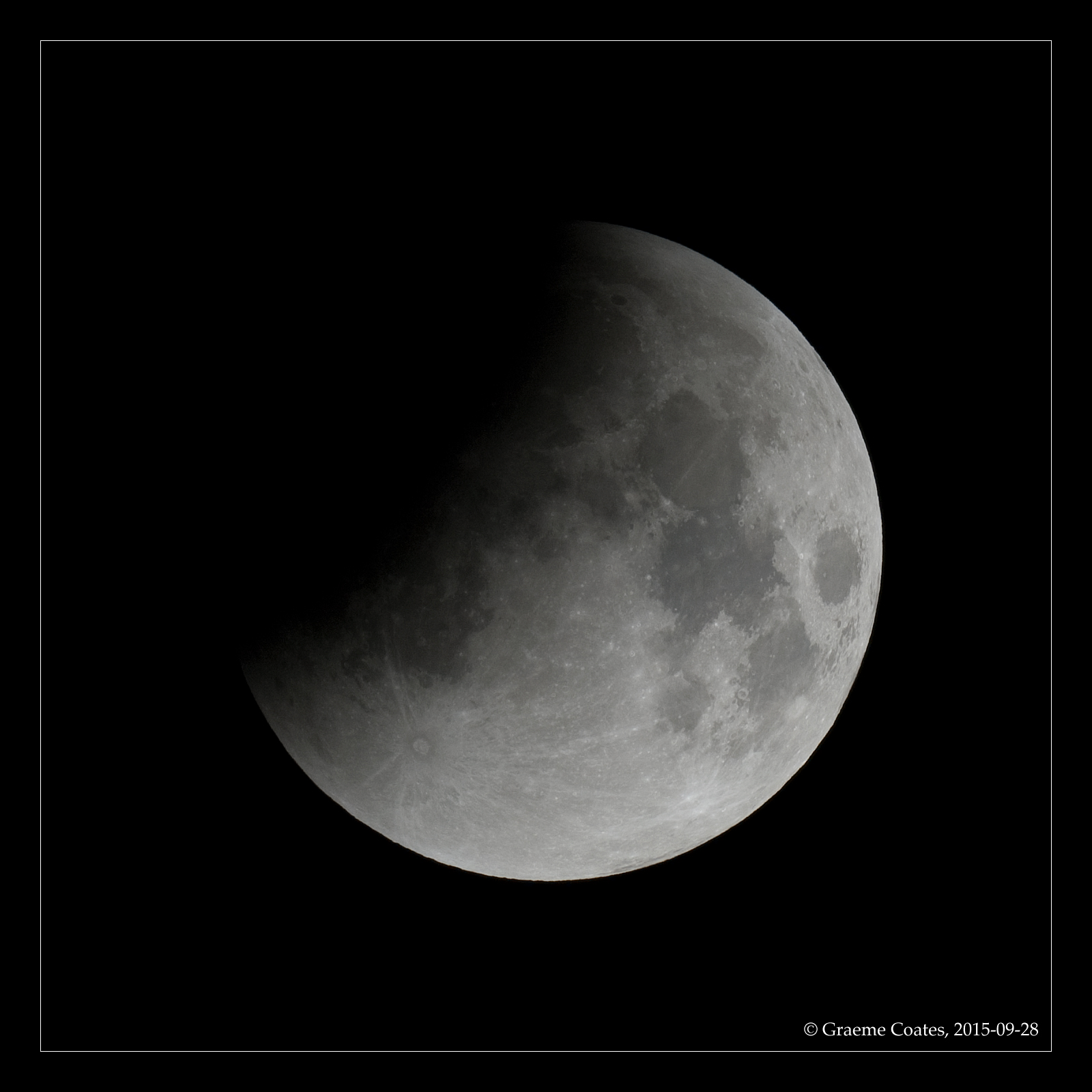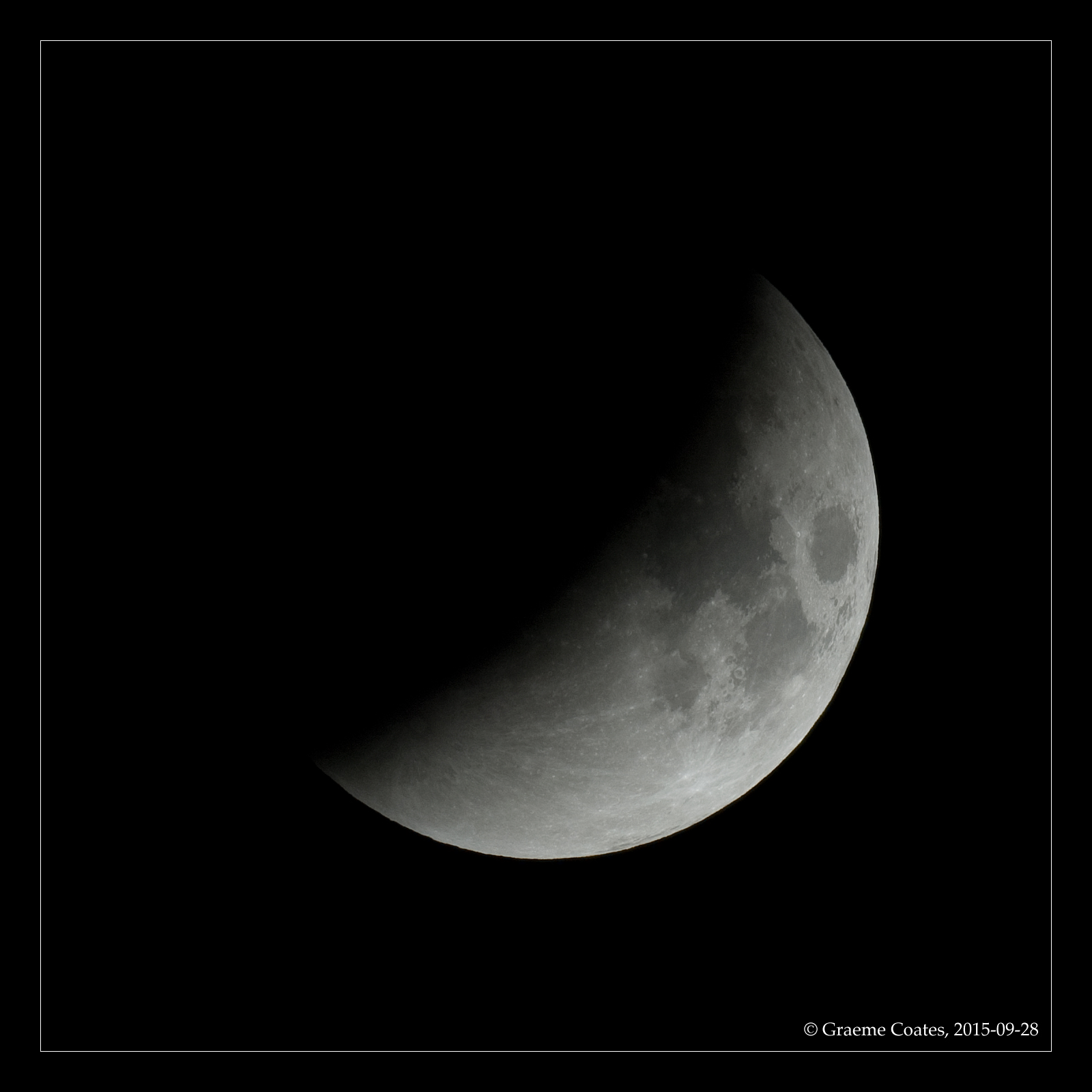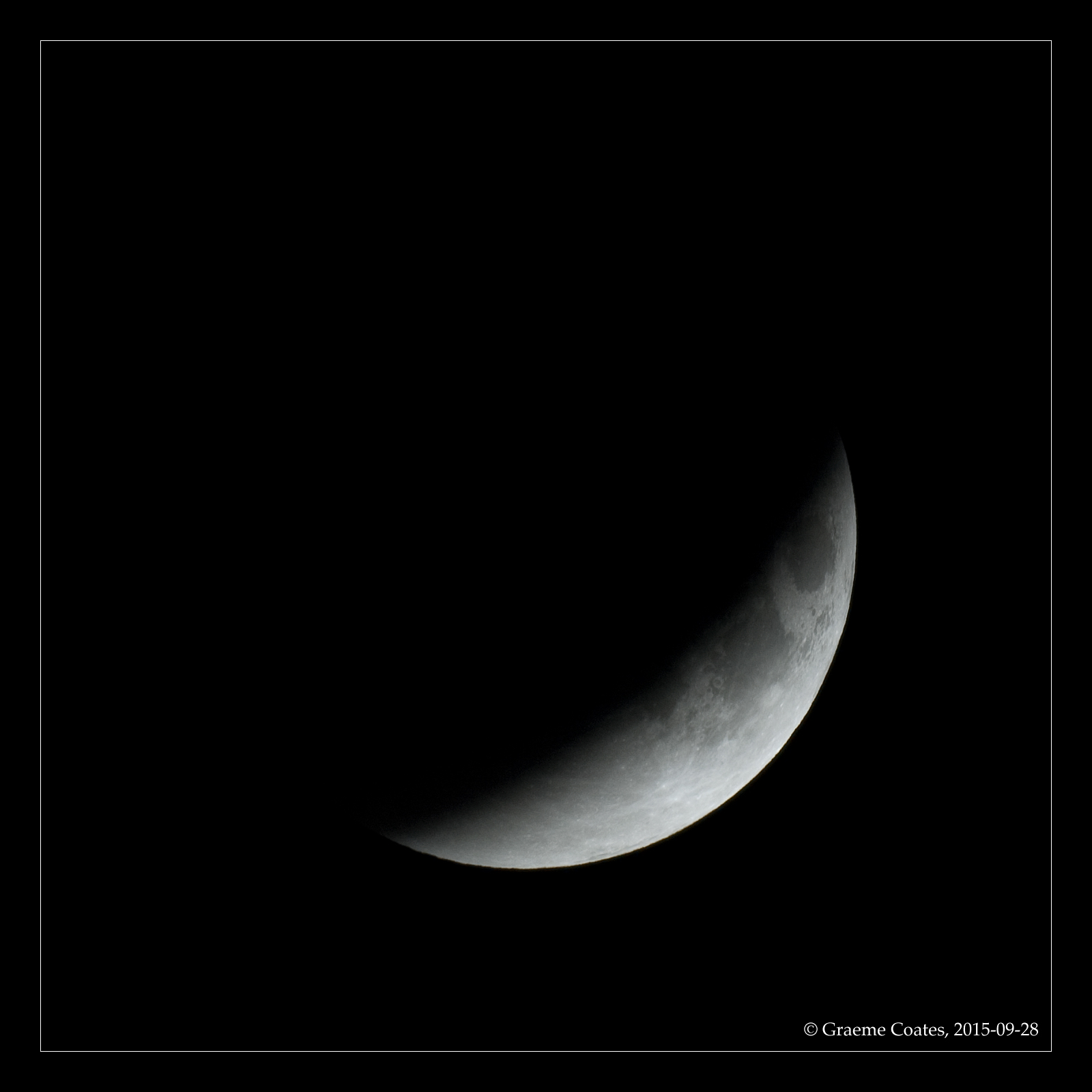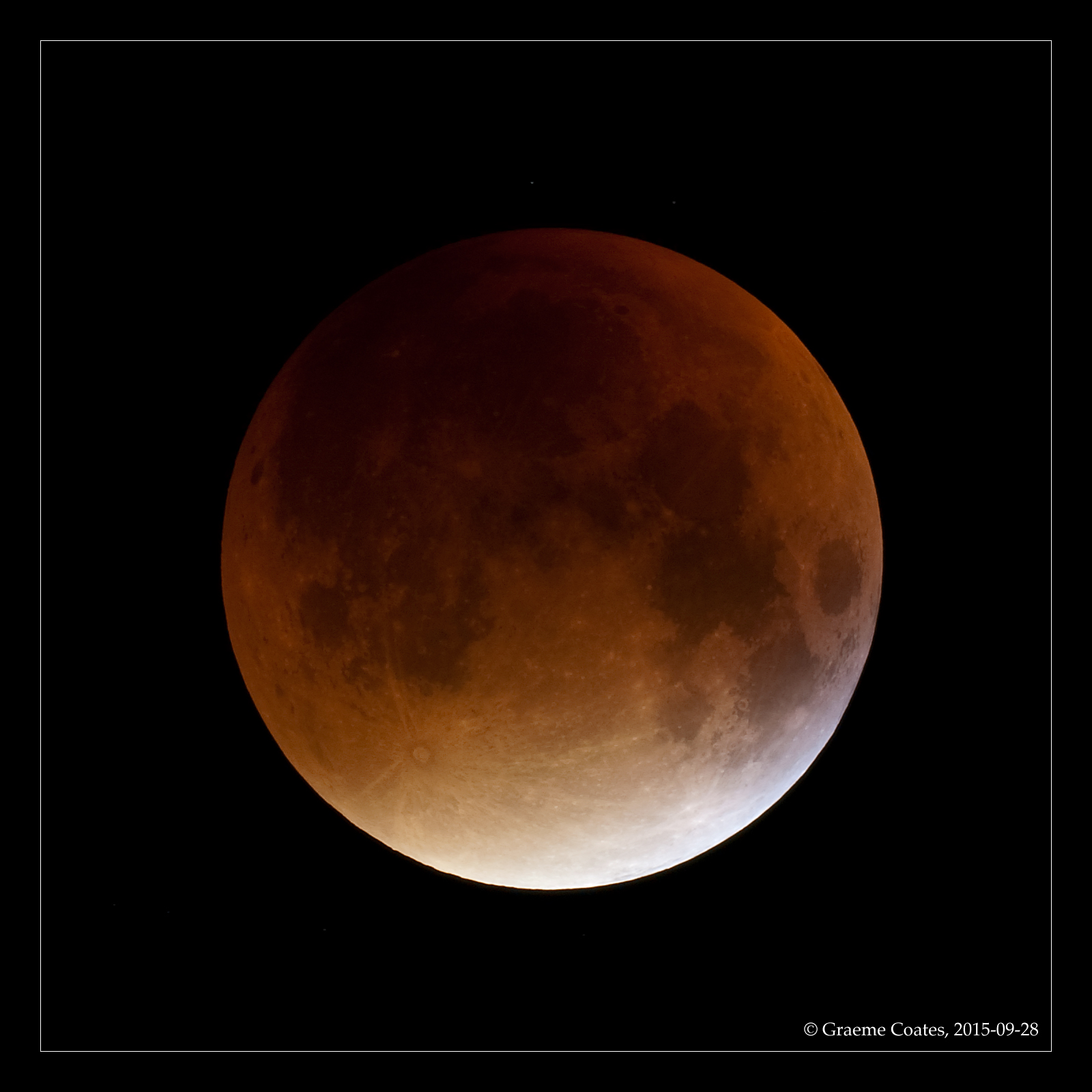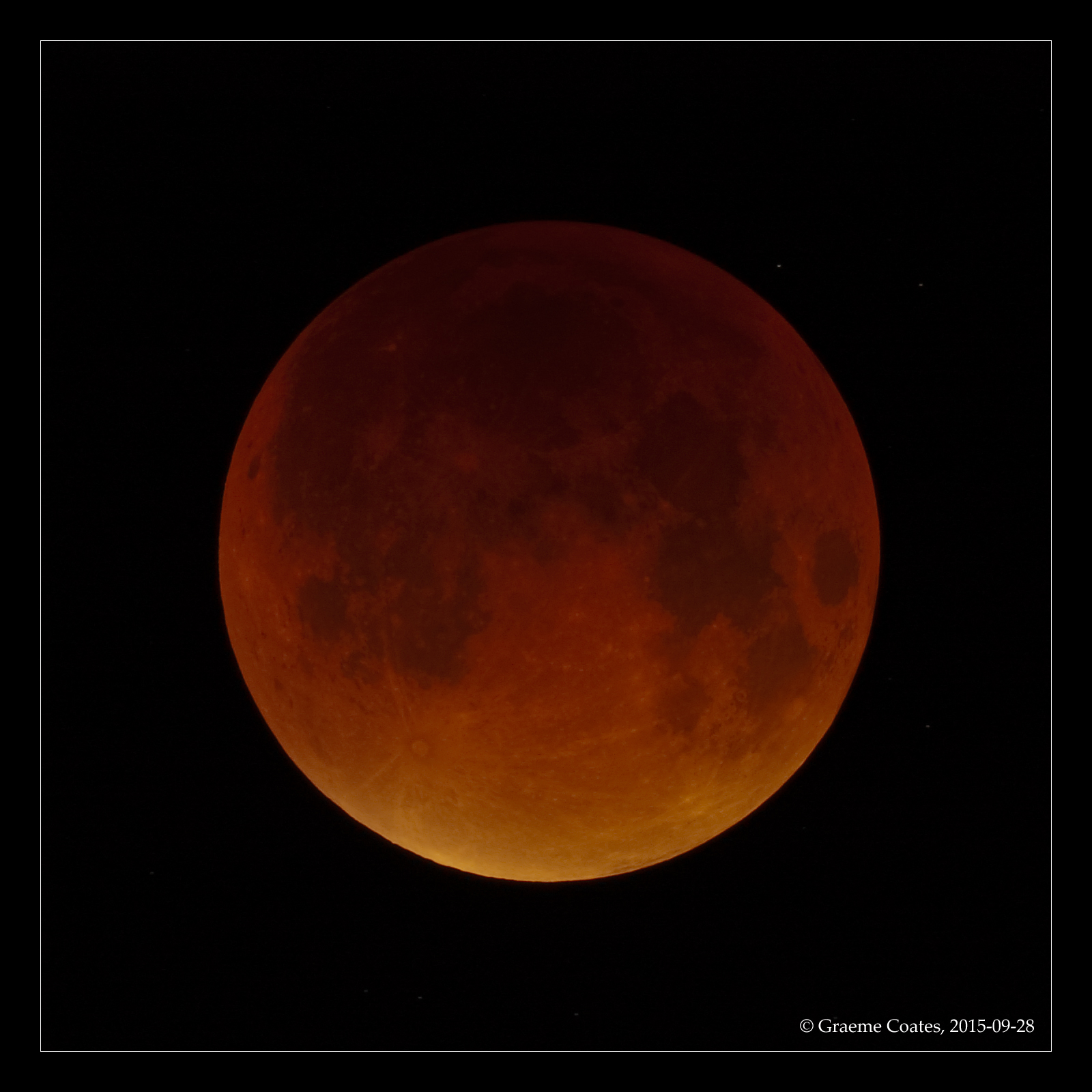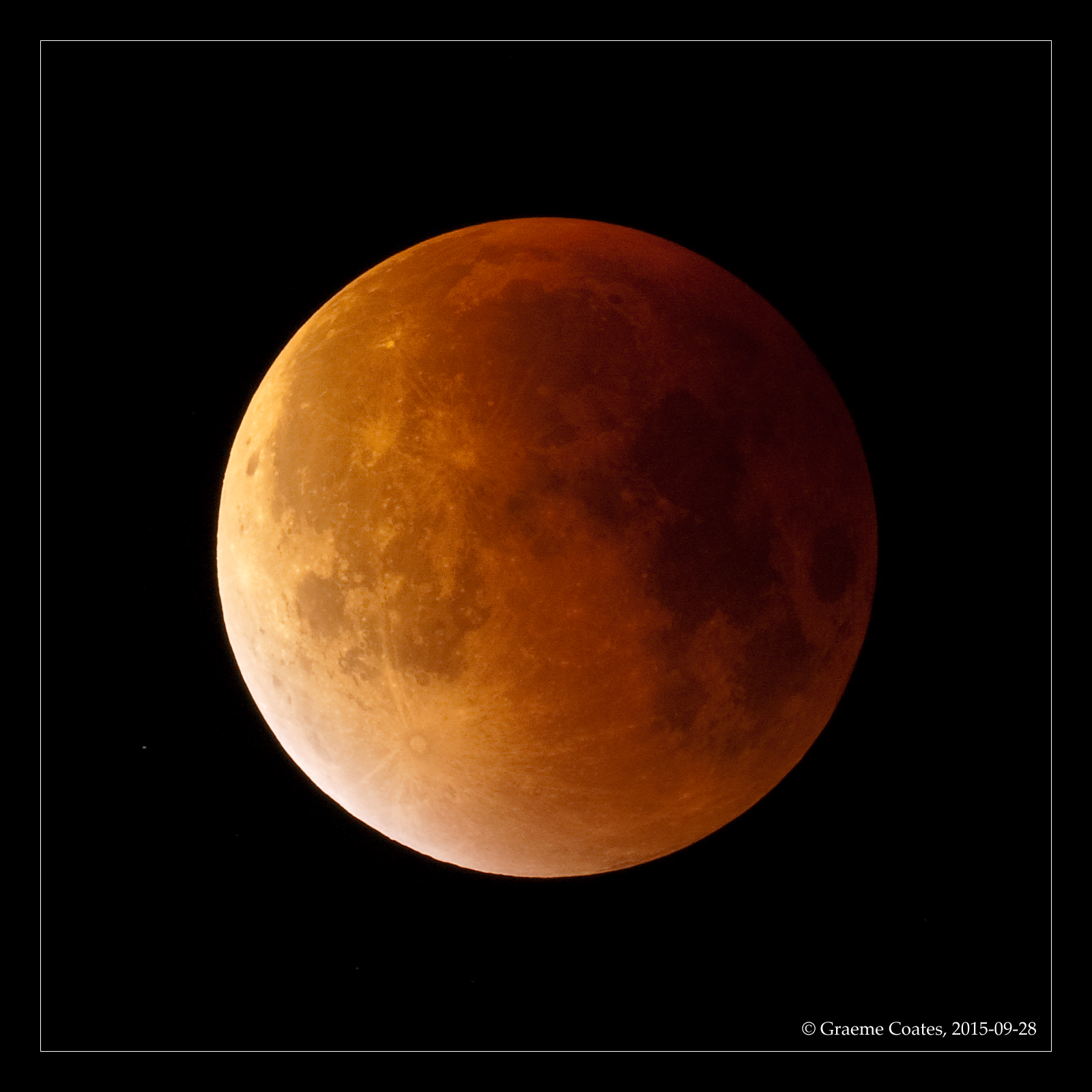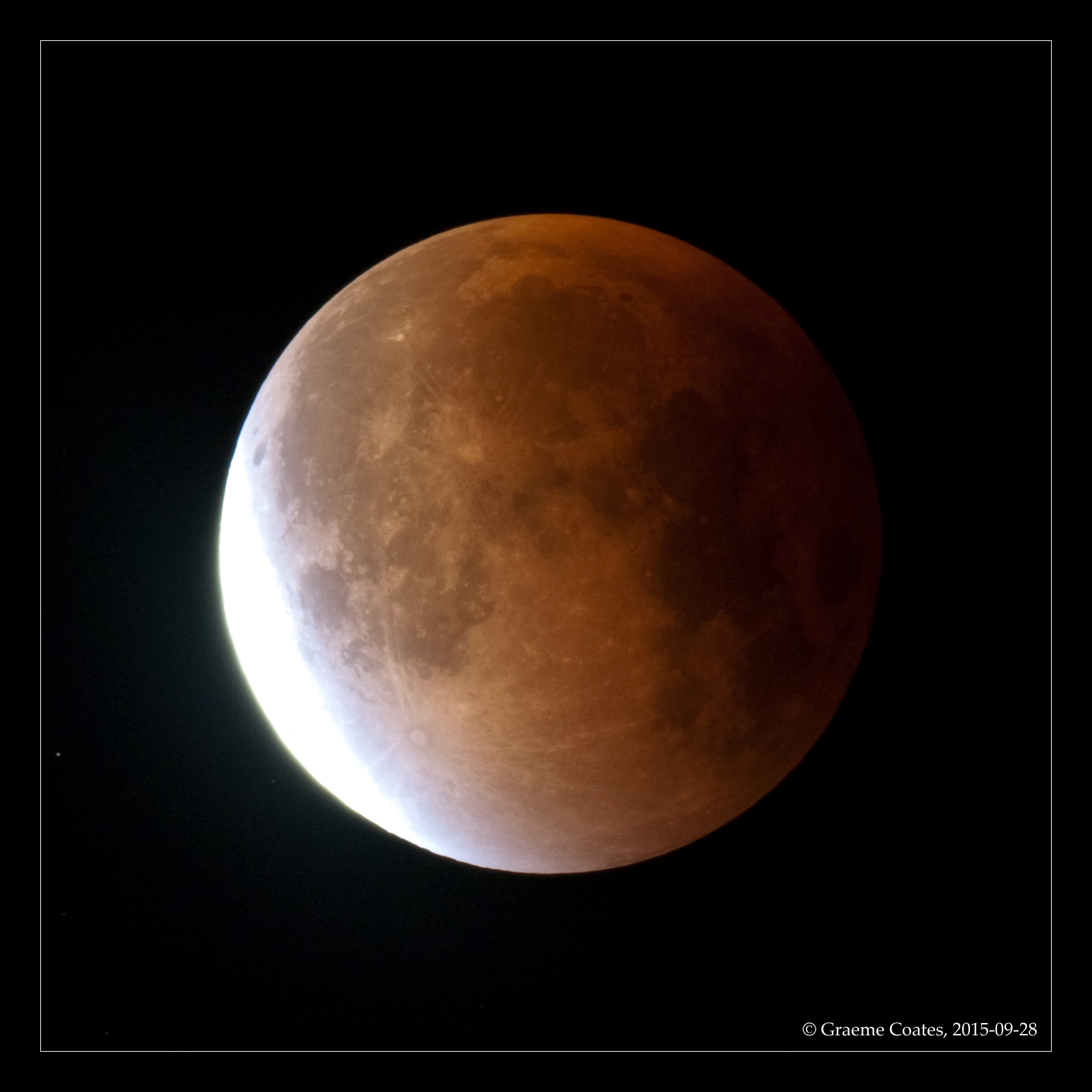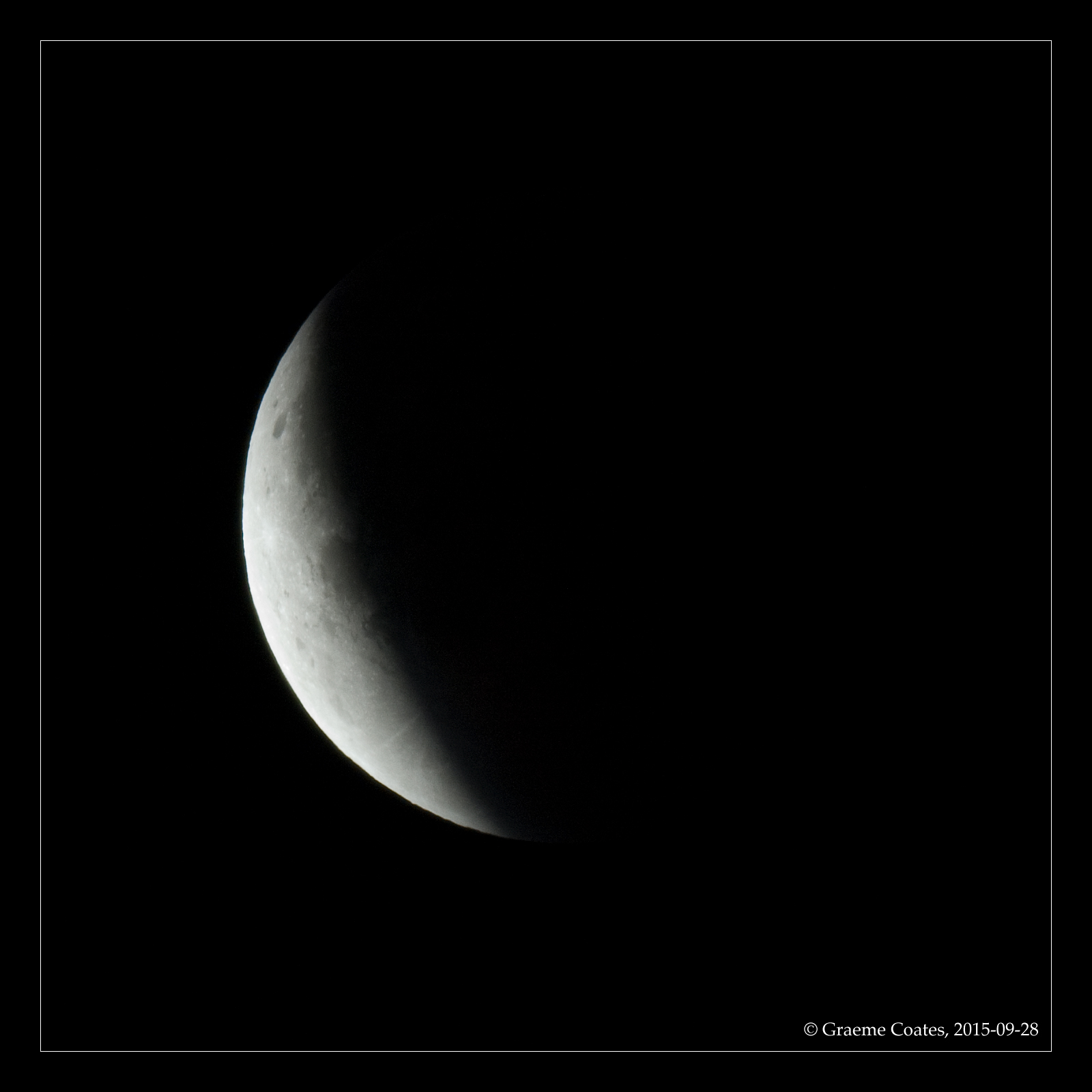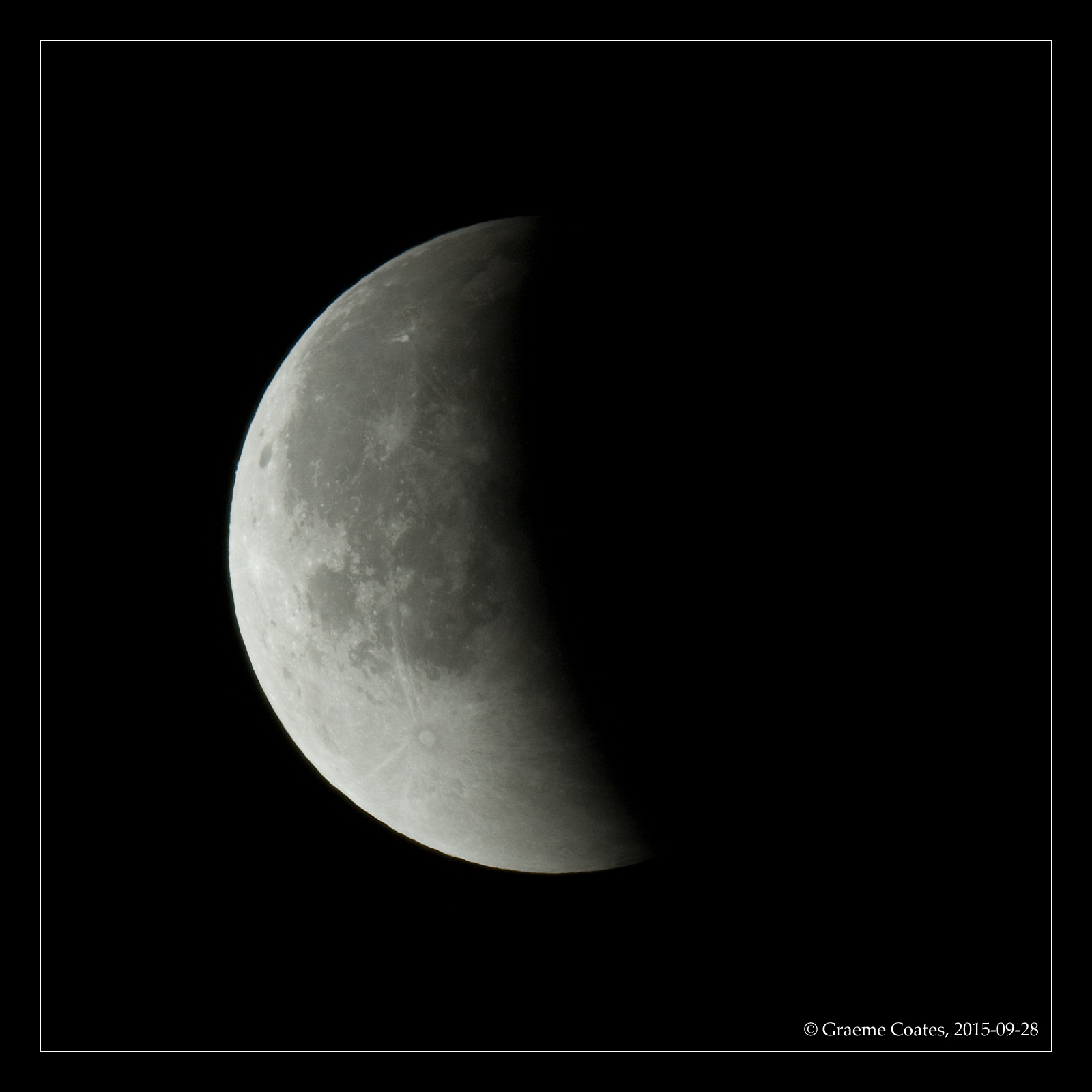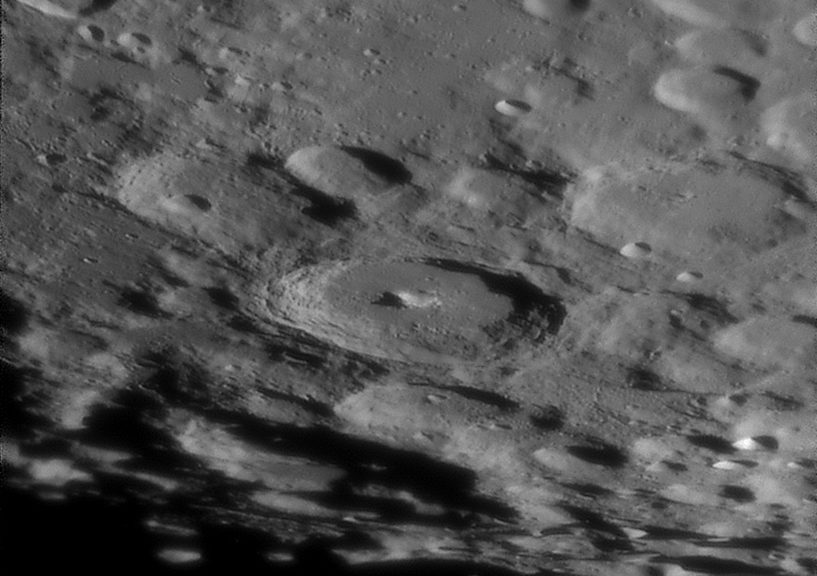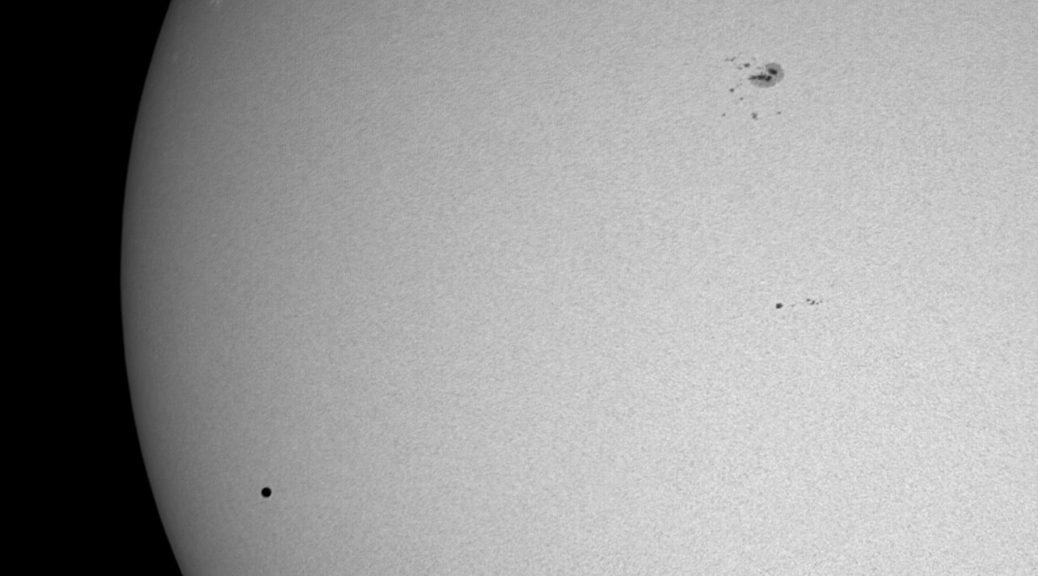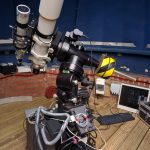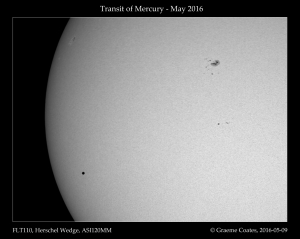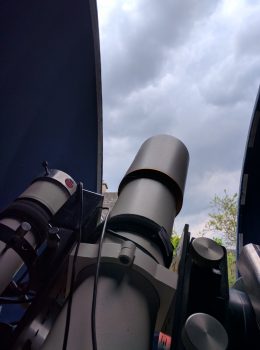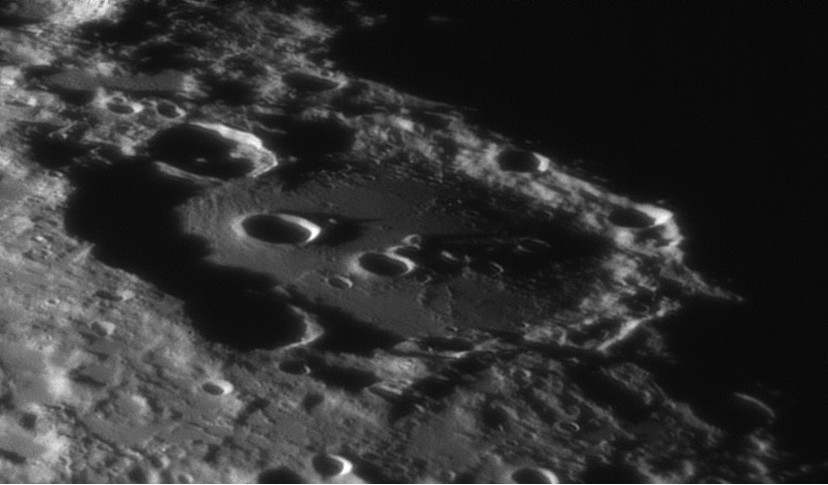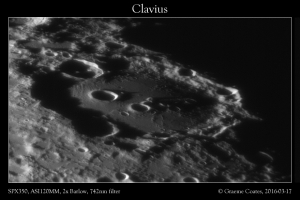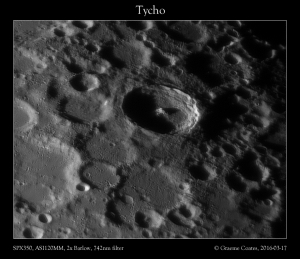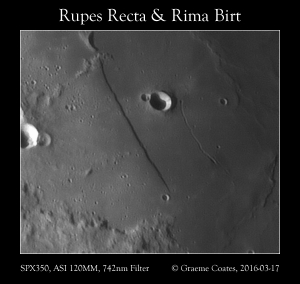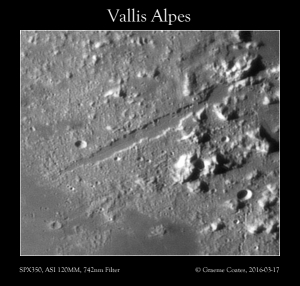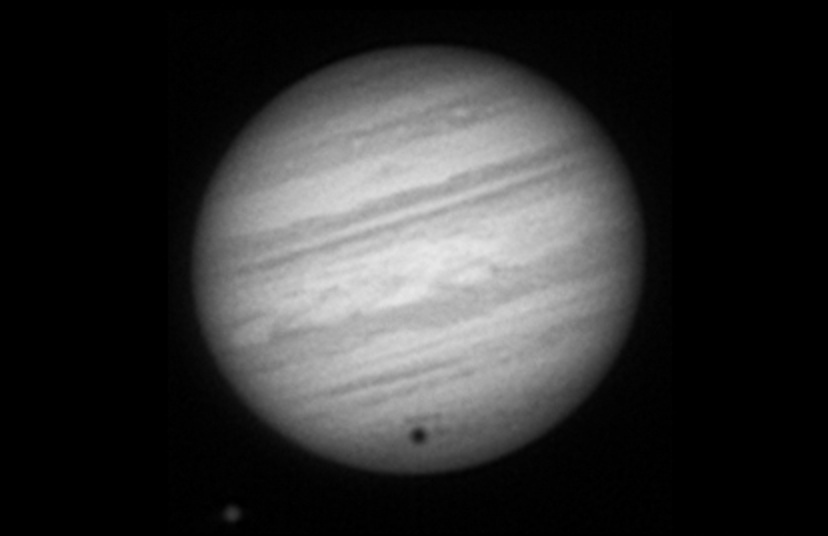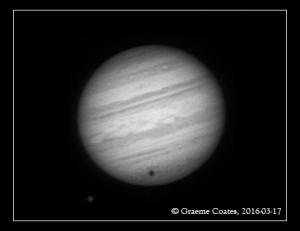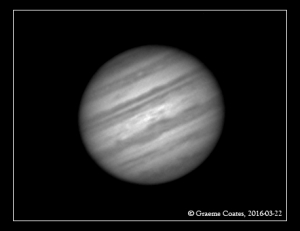Some further lunar work – as before I worked using the ASI120MM in combination with a 2x Barlow lens and the 742nm near-IR filter through the 350mm Newtonian.
A productive evening, with six images of good quality in what was at times fairly good seeing – I would like to try running at a slightly higher scale (by using a different Barlow). i do have a 4x Imagemate, but I’m not sure the quality or the resultant focal length would work quite as well.
As it turned out, this was an evening where I bagged a few of the double ringed (concentric) craters on the moon, as well as some interesting Rille features and domes.
Images are as follows:
Clavius with Longomontanus, Scheiner and Blancanus – a good amount of detail in this image and I’m especially pleased with the detail within Rutherfurd (on the southern edge of Clavius). Street M is visible with a small concentric craterlet within.
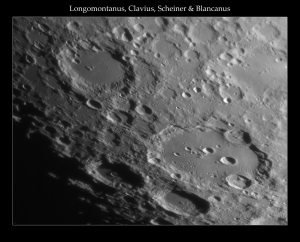
Moretus, with some very good detail coming out of the wall and surrounds. The lunar south pole region (with Newton tucked just behind the hills) is to the bottom of the image.
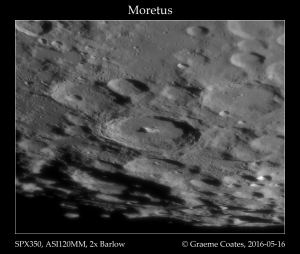
Copernicus – a classic lunar crater, and one where I’ve got a much better result than I’ve previously acheived. I particularly like the collapsed edge visible to the south – perhaps a little more scale might just let me sharpen up the detail within the crater a little… Also visible are the Hortensius domes (to the left in the image) lying just to the north of the crater of the same name – lunar domes are shield volcanoes which often have a small craterlet at the peak.
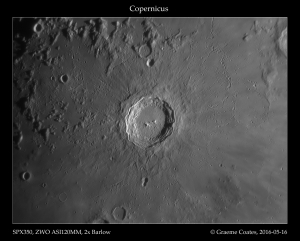
Rimae Hippalus and surrounds. So much going on in this region – bullialdus by itself is a nice looking crater, and nearby the complex rille structures of Rimae Hippalus cut across Hippalus and the surrounding regions, leading up to Agatharchides. The lunar dome Kies Pi is easily visible and concentric crater Marth in Palus Epidemarium is also present in the bottom right of the image.
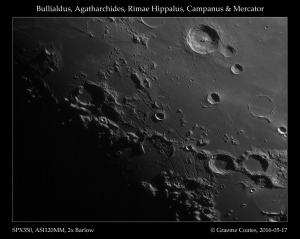
Another busy nearby field, showing Pitatus, concentric craters Hesiodus A and Marth. Lots of rilles also visible, including Rimae Hippalus, Rimae Ramsden, Rima Hesiodus, rilles in Pitatus, and Rima Campanus cutting between Campanus and Mercator. Kies Pi is again obvious.
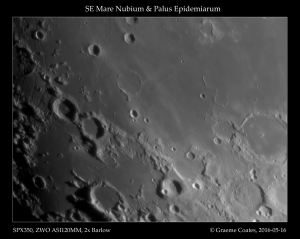
A view north of Bullialdus including the interesting “rippled” texture between Darney and Euclides.
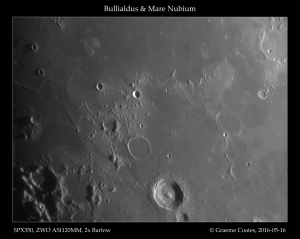
The last two make a rather nice mosaic, though this was a quick job and I haven’t tried too hard to eliminate the edge of field noise, or the slight mismatch between levels.
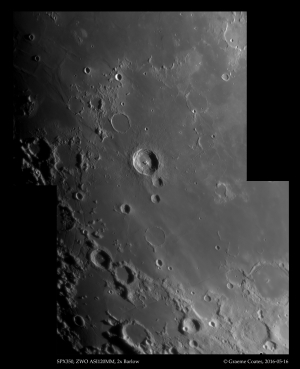
Like this:
Like Loading...
